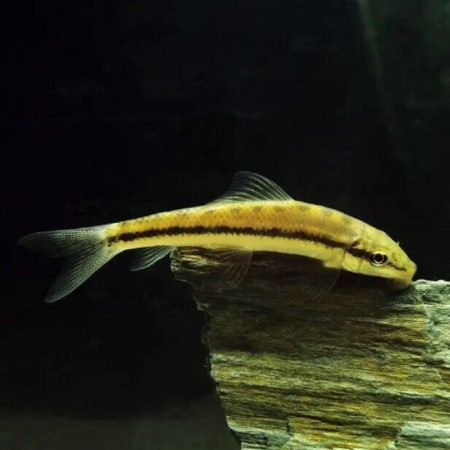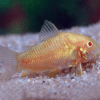-
×
-
×
-
×
-
×
-
×
-
×
-
×
Subtotal: £77.58



















Emily Carter (verified owner) –
I recently added the L010A Red Whiptail Catfish to my aquarium, and I couldn’t be happier! These little guys are not only stunning with their vibrant red and brown coloration, but they also bring a unique personality to my tank. After about two months of observing their behavior, I’ve noticed they thrive in a well-planted environment, which I’ve made sure to create for them. They’re perfect for keeping the substrate clean and are gentle on my other aquarium fish, like my corydoras.
What I love most is how peaceful these catfish are. Unlike some other bottom dwellers I’ve had in the past, they don’t disrupt the tank’s ecosystem. They get along well with my other freshwater fish too!
Shipping was quick, and they arrived healthy and active. My only minor concern was that they initially took a few days to venture out of hiding, which is typical for new fish, but now they are always out and about. I highly recommend the L010A Red Whiptail Catfish for anyone looking to add a truly special fish to their collection. They would be perfect for both seasoned aquarists and those new to the hobby!
Emily Carter (verified owner) –
I recently added the L010A Red Whiptail Catfish to my freshwater tank, and I couldn’t be happier! These fish are not only stunning with their vibrant colors, but they also exhibit such graceful movements—truly a sight to behold. After about a month of observing them, I’ve noticed how they love to explore the plants and driftwood in the tank, which keeps them active and healthy.
What stands out about this species is their peaceful nature; they haven’t bothered any of my other fish, making them ideal for community tanks. Compared to other bottom-dwellers I’ve kept in the past, the Red Whiptail is less messy and seems to contribute to the tank’s overall cleanliness.
One minor concern is that they do prefer slightly acidic water, so I made some adjustments to my pH levels accordingly. It was a small effort for such a lovely addition! I highly recommend these catfish for anyone looking to enhance their aquarium’s aesthetic while ensuring the health and happiness of their aquatic community. Overall, they are an excellent choice for both experienced hobbyists and those just starting out in the world of freshwater fish!